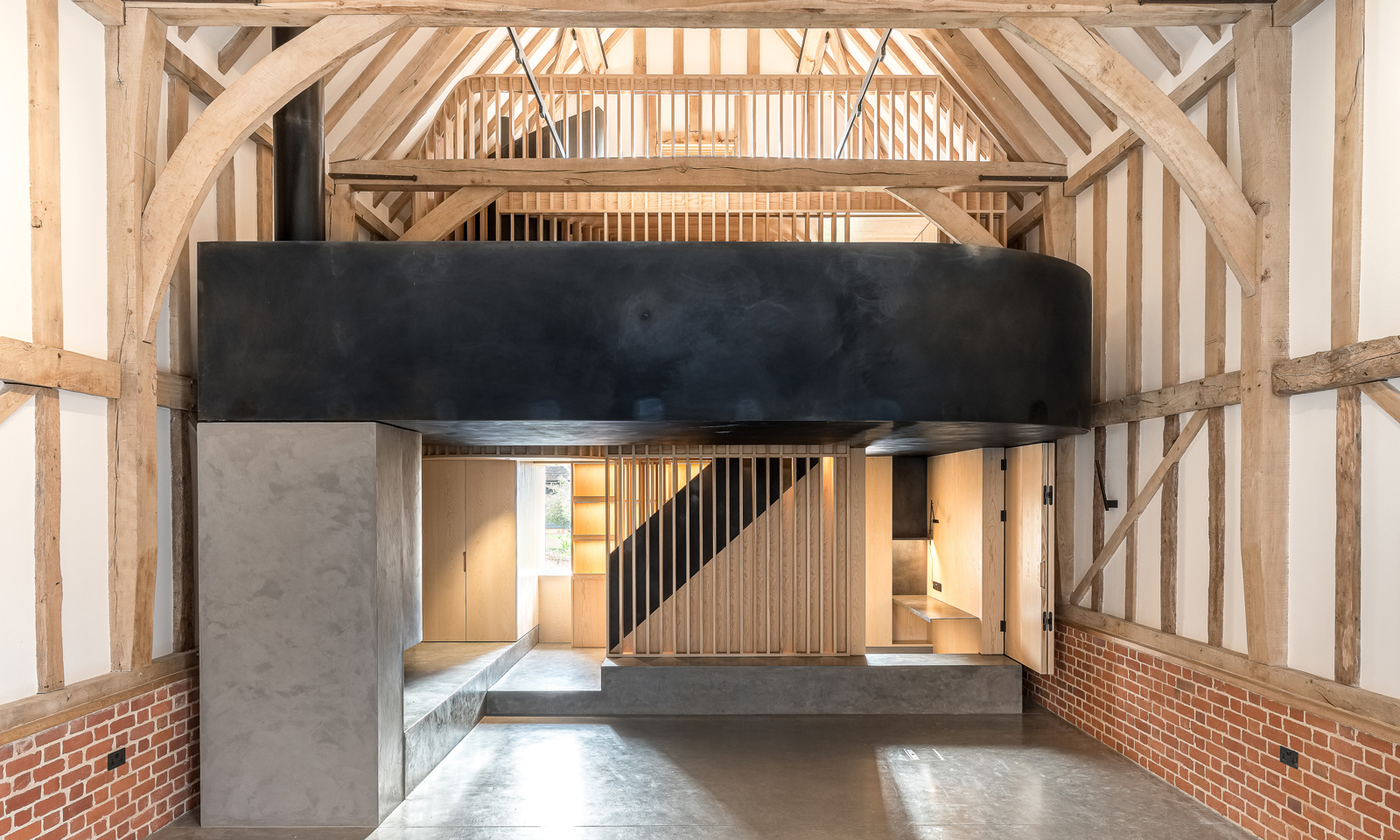
Column: Taking Control – Bluetooth Technology in the Lit Environment
Monthly Column By Zerlina Hughes
Thinking about our current practice and work over the last three decades as lighting designers, I would definitely say one of the most significant developments in our craft – one with both a creative and technical impact – has been in the area of control. Innovations in LED sources go hand in hand with this, but it is the opportunity to harness and nuance these new light sources through control that has utterly changed the lighting landscape.
The growth of Bluetooth/ App-based controls can bring out the lighting designer in all of us, but, as with all things, with new powers come new responsibilities! The new range of controls also means that understanding the parameters of good lighting design becomes even more important. We must particularly resist scrolling through saturated colour scenes just because we can…
Since my early days as budding designer in the 1990s, I have watched how much more image-literate we have all become. As part of this process, people have also become more aware of their lit environment. At Studio ZNA, a lot of our work is in the cultural sector, collaborating with curators and artists. In many ways, the development I see now in everyone is the application of a curatorial process – and indeed often a talent – whether selecting images for Instagram, editing content for best effect or creating mood with texture and tone. App-based control of lighting also allows everyone to curate their own lit spaces via their phones or iPads. This technology encourages the personalisation of space. One person’s preference for top light and high ambient levels might contrast with another’s choice of lamp light or indirect sources.
This technology now also allows for the increased functionality of other spaces, turning them into workspaces, kitchens or bars, a multi-tasking use of space we all had to embrace during the pandemic and have now adopted as a positive tool.
Bluetooth fittings, once registered, can be easily named and selected in groups and/or programmed to create scene sets via an easy user interface. This can create a choice of scenes as basic as day-to-night, area zoning or function zooming. For example, a workspace in the morning or afternoon, an evening bedroom or a setting for reading, pre-sleep and so on, in order to optimise or nuance the environment to suit a desired function.
Once set up, the final interface can be simple so that you don’t feel you need to inter-face with the tech too much. Timeclocks can also be set so that all processes are automated. This can be advantageous for our wellbeing too, calibrating with our circadian rhythms in terms of both luminosity and the colour temperature of light.
Accessibility can also be aided, with lighting tailored to meet personal visual impairment, for example. The light levels in a lounge or reading area for an elderly person will be very different to those of a Gen Z user. In fact, the social media generation has grown up with an understanding of the importance of key and fill lights when applying filters to their imagery, so it makes perfect sense that they will control their lit environment with the same flair as this technology becomes more commonplace.
From an energy consumption consideration, adopting this technology – when used well – will also mean that spaces do not need to be overlit but dimmed to the level required rather than continually at maximum output. It also futureproofs refurbishments where a different lit character to an interior can be created with the same hardware through revised programming, thus reducing waste. Here’s to taking control!
Zerlina Hughes, Founder & Creative Director at Studio ZNA




